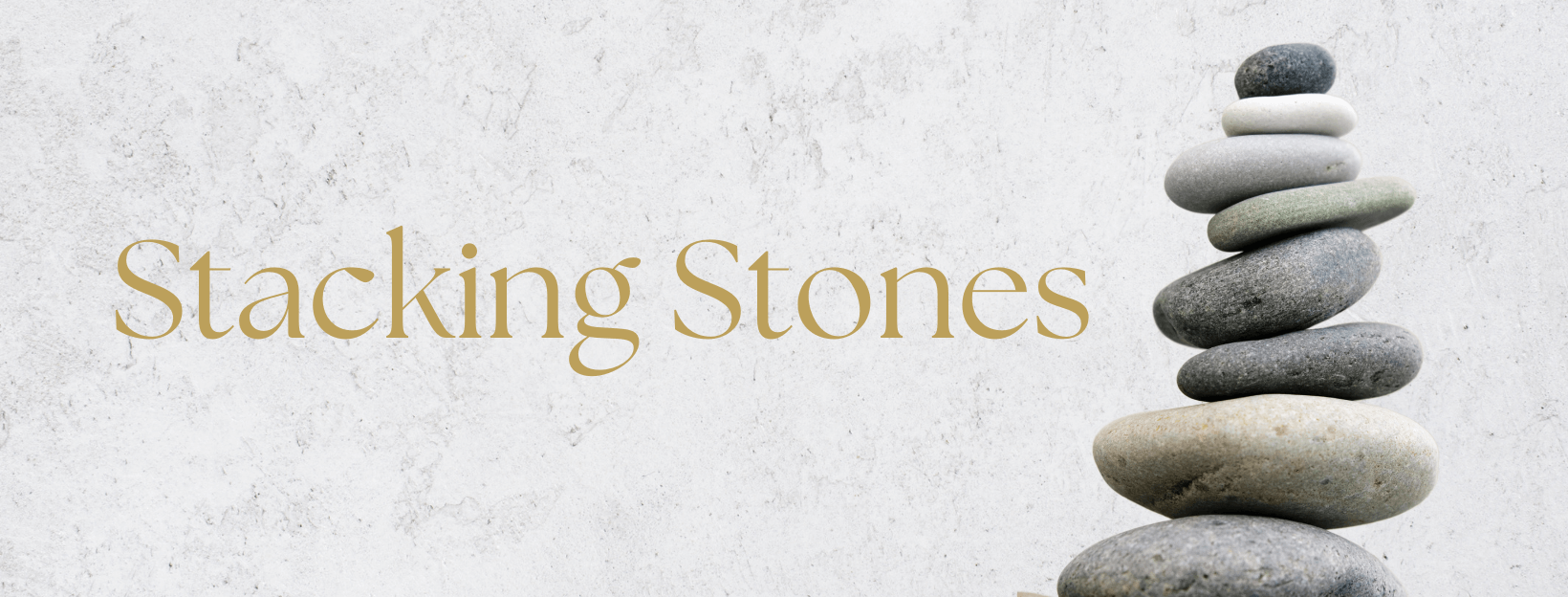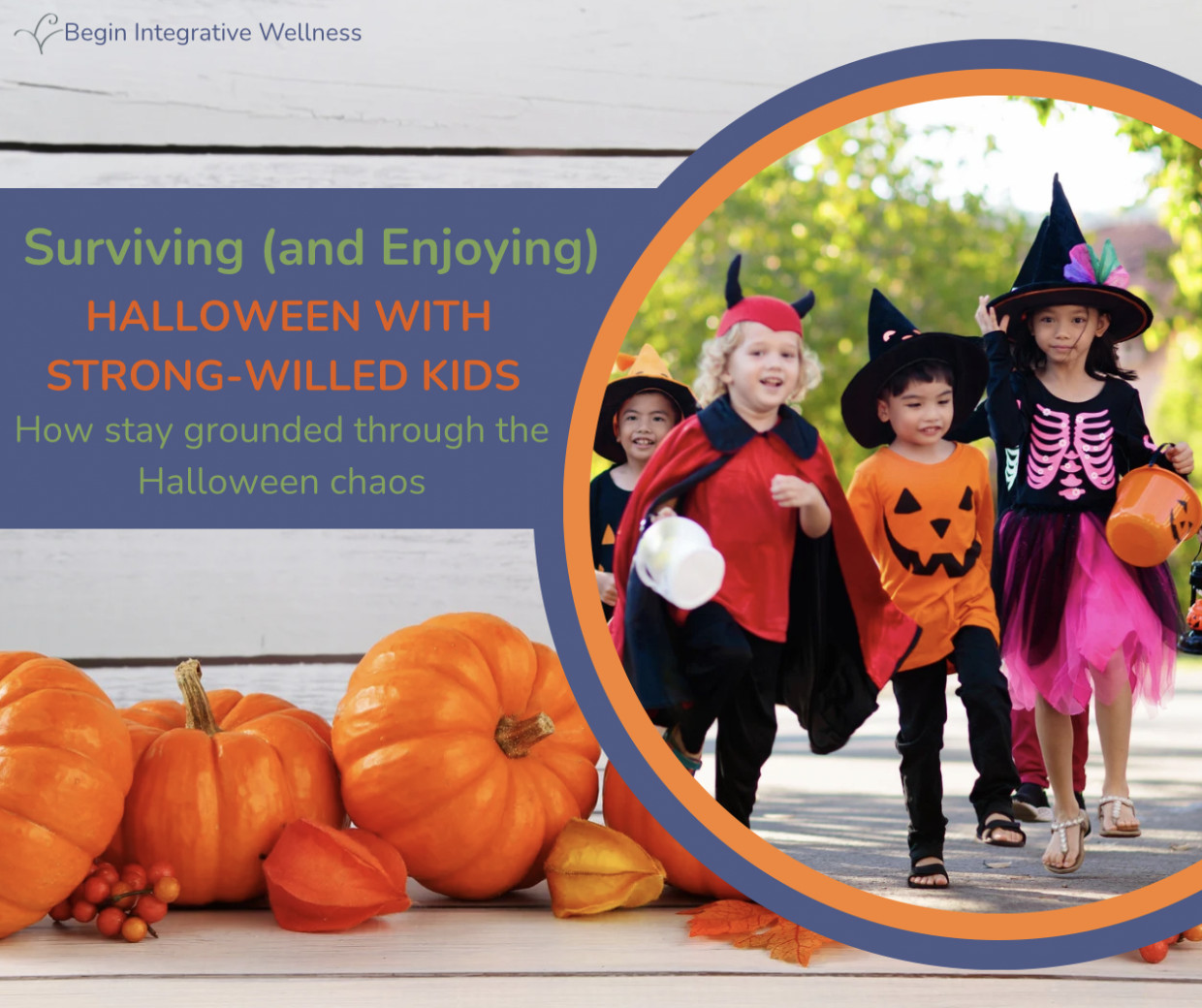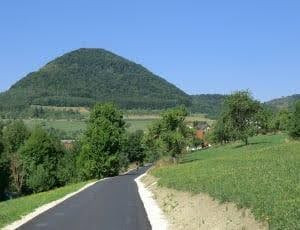
I recently returned from one of the most beautiful and memorable trips I’ve had the privilege of taking with my family—spending time in Yellowstone, Grand Teton, and the surrounding public lands of Gallatin, Shoshone, Bridger‑Teton, Targhee, and Custer National Forests. We rode horses through ancient lodgepole pine forests, passing grazing Bison along the way. We dipped into glacier-fed streams, before warming up in mineral -rich, natural hotspirngs. And we gazing at geysers erupting as much as 170 ft in the air with a backdrop of 10,000 ft high, snow-peaked mountains. It all felt sacred. These wild, natural, minimally developed places remind me—and countless others—of the deep, healing connection between the land and ourselves.This wilderness inspires me and gives me hope for humanity. Seeing it for myself it is easy to understand why so many who have come before us understood the significance of these places and the importance of preserving them for generations to come.
A Shared Reverence for Sacred Lands
Across cultures and continents, people have long recognized the sacredness of the earth:
- In Kenya, the Mijikenda Kaya forests are preserved through community taboos and spiritual rituals that help protect biodiversity.
- India’s Khasi sacred groves are off-limits to timber harvesting, sheltering endangered species and preserving vital watersheds.
- Benin protects its sacred mangrove forests as voodoo shrines, fostering spiritual reverence and ecological resilience.
- In Australia, the Karlu Karlu (Devils Marbles) are managed through a joint partnership between Aboriginal Traditional Owners and national park services.
- In Greece, sacred forests like those in Epirus are maintained through traditional religious prohibitions—proven to host richer biodiversity than comparable non-sacred lands.
- And in Botswana, nearly 40% of the country is protected land, including the Okavango Delta, a UNESCO World Heritage Site. Botswana has resisted pressures to exploit these areas for short-term economic gain, instead creating community-based conservation programs where locals benefit from tourism while co-managing natural resources. This model has helped keep elephant populations stable and ecosystems intact while empowering rural communities.
These examples show that when land is recognized as sacred and important to our collective well-being, humanity rises to protect it—for both ecological and cultural continuity.
Why are these open and wild spaces so vital to our well-being? Although not every benefit can be quantified, many of nature’s gifts can now be measured and supported by research.
From the geysers of Yellowstone to the peaks of Grand Teton and the untouched expanses of Targhee, Gallatin, Shoshone, and Custer National Forests, our public lands are priceless.
They:
- Protect watersheds for millions.
- Host wildlife corridors vital to wolves, bears, elk, and eagles.
- Offer millions of people refuge from urban stress.
Beyond this natural spaces are recognized for:
1. Lowering Stress & Hormones
- Forest bathing (shinrin‑yoku) reduces cortisol levels, lowers blood pressure, and boosts immune function (Harvard Health).
- Exposure to phytoncides, essential oils emitted by trees, increases natural killer (NK) cells—improving immune surveillance.
2. Restoring the Mind
- Nature offers "soft fascination"—stimuli like flowing water or rustling leaves that restore attention and reduce mental fatigue (Kaplan & Kaplan, 1989).
- Time in natural spaces is associated with lower activity in the amygdala, the brain's fear center, supporting emotional regulation.
- Access to green spaces reduces anxiety and depression.
- Natural landscapes increase creativity and improve focus (Kaplan’s Attention Restoration Theory).
3. Healing the Body
- Time in nature improves cardiovascular function and lowers inflammation.
- Access to green spaces is linked to better birth outcomes and increased longevity.
- Community parks and protected areas foster social connection, cultural rituals, and shared purpose—building resilience and collective well-being.
- Spending time in forests lowers cortisol, blood pressure, and heart rate.
- Phytoncides emitted by trees improve immune function (Li, Qing, Environmental Health and Preventive Medicine).
4. Nurturing Spirit:
- Nature fosters awe, gratitude, and spiritual connection—psychologically linked to enhanced life satisfaction and meaning.
- People who feel spiritually connected to nature are more likely to engage in prosocial and pro-environmental behavior.
5. Fostering Community
- Shared green spaces enhance social cohesion and reduce violence (Kuo & Sullivan, 2001).
- Outdoor recreation builds civic pride, cross-cultural exchange, and collective wellbeing.
Sadly, though these beautiful spaces are so obviously critical to our well-being, not everybody recognizes or appreciates the need to preserve them. These treasured landscapes face real danger and are under threat in the following ways and more:
- Federal Land Sale Proposals
A recent legislative package in Congress has proposed selling up to 1.2 million acres of public land—some with cultural and recreational importance—to private developers tpl.org+13wsj.com+13washingtonpost.com+13. - Mining in Wild Spaces
Along the Wyoming–Montana border, threats to the Pryor Mountains (home to the sacred Cloud’s wild horse herd) from proposed mining could irreversibly damage pristine ecosystems en.wikipedia.org+4reddit.com+4pmc.ncbi.nlm.nih.gov+4. - Off-Road Vehicle Intrusion
In Utah, policies reversing protections in places like Glen Canyon National Recreation Area are poised to allow increased ATV traffic—endangering fragile desert and riparian landscapes thetimes.co.uk+2washingtonpost.com+2washingtonpost.com+2. - Monument protection rollbacks, e.g., Bears Ears and Sáttítla Highlands, show how even sacred lands are politically vulnerable washingtonpost.com+2theguardian.com+2time.com+2.
- Wildlife at risk: Delisting grizzly bears, drilling in Alaska's NPR-A—all indicators of shrinking protections apnews.com+4vox.com+4theguardian.com+4.
Though many U.S. lands are still protected, many are no longer safe from encroachment. Political and economic forces threaten to unravel generations of hard-fought conservation wins.
As an example, these U.S. lands are currently under threat:
- Bears Ears National Monument (Utah) – Targeted for reduction and uranium mining access.
- Arctic National Wildlife Refuge (Alaska) – Oil drilling leases reintroduced despite ecological fragility.
- Boundary Waters Canoe Area Wilderness (Minnesota) – Sulfide-ore copper mining risks contaminating pristine water systems.
- Tongass National Forest (Alaska) – Logging restrictions removed in 2020, endangering one of the last temperate rainforests (now partially reinstated).
- Grand Staircase–Escalante (Utah) – Reduced in size; fossil-rich and biologically unique areas now vulnerable.
- Chaco Canyon region (New Mexico) – Surrounding lands at risk of oil and gas drilling.
- Gallatin, Custer, and Targhee National Forests (Montana/Idaho) – Proposed timber sales, motorized recreation expansions, and rollbacks of roadless protections.
- Greater Yellowstone Ecosystem (Wyoming/Montana) – Fragmentation from development and proposed industrial uses.
- Ojito Wilderness and Sabinoso Wilderness (New Mexico) – Targeted for road building and off-road vehicle access.
- Owyhee Canyonlands (Oregon/Idaho) – Grazing expansion and lack of permanent federal protection.
Many of these lands also contain sacred Indigenous sites, medicinal plant ecosystems, wildlife migration corridors, and ancient cultural artifacts.
These threats aren’t just environmental—they threaten our collective wellbeing, heritage, and connection to Earth.
But there ARE things we can do!!
What You Can Do to Protect Sacred Lands
🗳 1. Vote for Earth-Stewards
Research candidates who support land conservation and tribal sovereignty.
Research candidates who support land conservation and tribal sovereignty.
📬 2. Write or Call Your Representatives
Let them know you oppose public land rollbacks and support permanent protection of roadless areas.
Let them know you oppose public land rollbacks and support permanent protection of roadless areas.
🌱 3. Support Local & National Land Defense Orgs
- Earthjustice
- Greater Yellowstone Coalition
- The Wilderness Society
- Native American Rights Fund
- Outdoor Alliance
- Patagonia Action Works (find campaigns near you)
📢 4. Share the Stories and Teach Others:
Social media, local schools, churches, and community centers are great platforms to raise awareness. Talk to your kids, friends, and neighbors about what makes public lands sacred and essential.
Social media, local schools, churches, and community centers are great platforms to raise awareness. Talk to your kids, friends, and neighbors about what makes public lands sacred and essential.
👣 5. Volunteer and Visit Responsibly
Join trail cleanups, plant native trees, or donate to programs like BLM’s Every Kid Outdoors, which let families access sacred lands at no cost wsj.com+1science.org+1blm.gov. Nothing fosters stewardship like personal connection. Bring your family. Pick up trash. Plant native species. Learn the original names of the lands.
Join trail cleanups, plant native trees, or donate to programs like BLM’s Every Kid Outdoors, which let families access sacred lands at no cost wsj.com+1science.org+1blm.gov. Nothing fosters stewardship like personal connection. Bring your family. Pick up trash. Plant native species. Learn the original names of the lands.
🌱6. Practice nature rituals regularly
Whether forest bathing, mindful hiking, grounding meditation, or paying gratitude to the land, integrate sacred presence into your life.
Whether forest bathing, mindful hiking, grounding meditation, or paying gratitude to the land, integrate sacred presence into your life.
There Is Still So Much Hope 🌄
Despite it all, Yellowstone still exists. The wolves are back—we were lucky enough to see wolves from two separate packs on our trip! Eagles once again soar over the United States, a direct result of bold policy and perseverance. Grizzly bears, once near extinction, now roam the high mountain valleys. Bison, who’s numbers once dwindled into the 20s, now roam in herds of hundreds. Rivers once choked with pollution now run clear in protected headwaters. Forests logged to the brink of collapse are recovering, thanks to grassroots advocacy and policy reform.
These successes remind us that restoration is real—and it begins with reverence, protection, and action.
So today, on this Sacred Saturday, I invite you to step outside, find a patch of green, and offer it a moment of gratitude. Then, lend your voice to the movement to protect what remains wild and whole. Because when we protect sacred land, we protect something sacred in ourselves.
___________________
Begin Within
and align with the rhythm of nature and self.













0 Comments